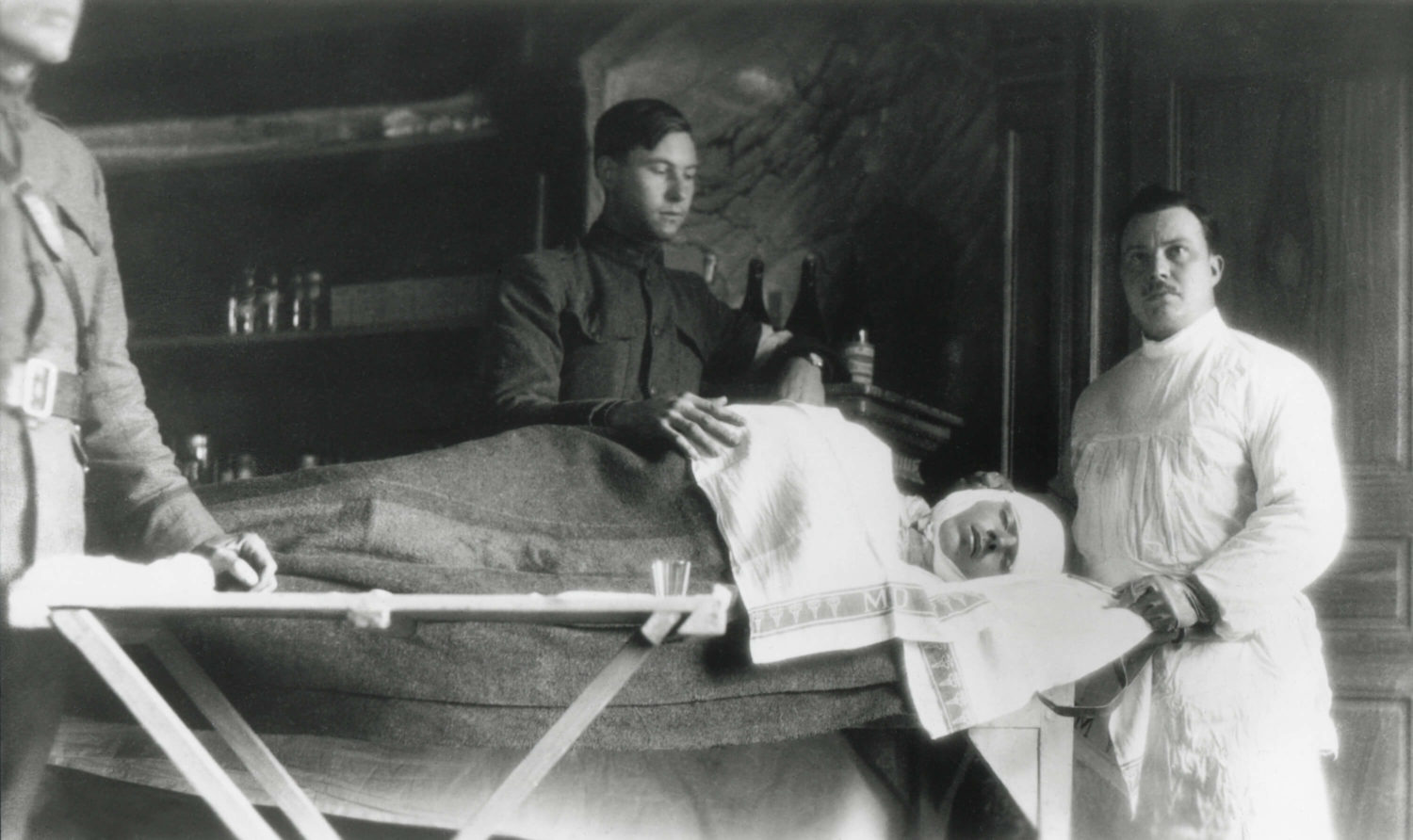From sharp stones to surgical scalpels: The history of plastic surgery
Media from the offices of Broadway

From sharp stones to surgical scalpels: The history of plastic surgery
Many of us can’t even imagine medical practices before anesthesia and modern medicine, but healers were saving lives long before any of today’s techniques were invented. Cosmetic surgery is no different. Enhancing a person’s physical appearance is not a new practice. Whether patients are looking for facial reconstruction after an accident or trying to increase the size of their bosoms, plastic surgeons have been in demand throughout history. Fortunately, even though demand for plastic surgery has stayed consistent, the tools and techniques for the procedures have greatly improved.
Certain kinds of cosmetic surgery procedures have been around since the early 1800s. That’s during a time when railroads and sewing machines were invented and homesteaders were establishing life out west. Electricity and indoor plumbing were still emerging technologies. Medical professionals relied heavily on herbal treatments. The majority of injuries and illnesses, however, were treated with local healers and home remedies. With a limited number of doctors and insufficient access to hospitals, the idea of undergoing any kind of surgical procedure was unnerving. The development of cosmetic surgery is even more interesting when placed in a wider historical context. Historians have found evidence of plastic surgery procedures dating back to the 6th century BC.
Asian healers perform reconstruction procedures
A healer in India is noted for performing skin grafts around 600 BC. This man would correct a patient’s appearance by transferring skin from another part of the body. Asian healers are credited with the invention of rhinoplasty. Their methods would be used to enhance the nose shape of royal family members. Skin grafts and nose surgeries are common procedures throughout history because of the high demand. It was custom for people to cut off the nose and upper lips of their enemies. Injuries from sword fights and duels also lead to more patients for plastic surgery. As doctors and healers got more experience with these procedures, their methods improved.

Early cosmetic surgery techniques
Men and women throughout history have been concerned about their physical appearance. This natural desire to be seen as attractive motivated medical professionals to seek new techniques for esthetic surgeries. Prior to cosmetic procedures, piercings, scarification, and tattoos were popular ways to enhance beauty. As the medical field progressed, so did plastic surgery. New methods made body parts look younger and smoother with injections, stitching, and snipping. Originally, these surgeries were just for reconstruction, treating people with birth defects or traumatic injuries. Gradually, more and more people were seeking surgical solutions for cosmetic reasons to address body insecurities.
Anesthesia and world wars lead to plastic surgery development
The Greek word “plastikos,” which means fit for molding, was first associated with plastic surgery in the late 1700s by a man named Pierre Desault. The invention of anesthesia made patients more comfortable and contributed to growth in the plastic surgery industry. The two world wars also helped further development because of the high number of battle wounds. Cosmetic procedures were not available to the general public until the early 1900s when doctors performed a nose job and a facelift on separate occasions.
Initial breast augmentation methods
Early breast augmentations were performed using an assortment of materials, including vegetable ivory, which is part of a seed that comes from certain palm trees, and braided silk. Other techniques for early breast augmentations used petroleum jelly or beeswax to make a woman’s chest larger. The results from these cosmetic surgeries often looked unnatural and were very painful for the patients.
Establishing professionalism
Although various forms of cosmetic surgery have been around for centuries, it has not always been seen as a legitimate medical practice. The American Academy of Cosmetic Surgery was established in 1985 to define industry standards and regulate cosmetic procedures. This organization protects both patients and doctors while working to advance the industry.The plastic surgery industry has made great advancements as the medical field developed over time, but the demand has stayed consistent. People throughout history have sought to improve their physical appearance. Today’s cosmetic procedures have all the comforts of modern medicine, but the motivations for people to undergo plastic surgery have stayed more or less the same- with the exception of sword fights. It’s uncommon for a patient to require surgery after losing his nose in a duel.
Want to learn more?
Have questions?
Want to schedule a consultation?
